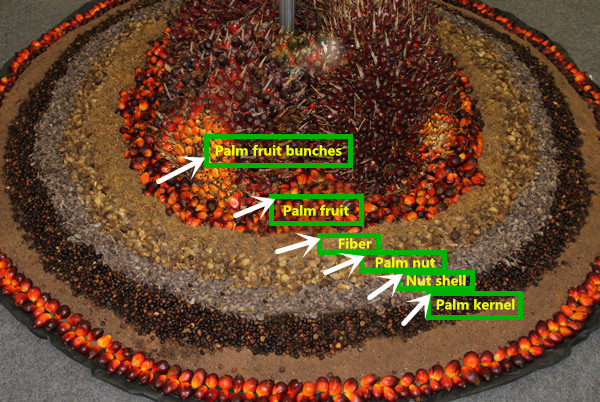
Structure of palm fruit bunches
Oil palm, scientifically known as Elaeis guineensis jaq, is a unique crop as its fruit produces two distinct types of oils; crude palm oil from the mesocarp and crude palm kernel oil from the kernel. Both of these oils, which are mainly made up of triglycerides, are chemically and physically different from each other with palm oil high in palmitic acid (C16 fatty acid) and palm kernel oil high in lauric and myristic acids (C12 and C14 fatty acids respectively).
Upon harvesting, oil palm fruits, which are produced in bunches called fresh fruit bunches (FFBs), are transported to a palm oil mill plant where the fruits are sterilised, stripped off the bunches, and crushed to extract the crude palm oil. The crude palm oil collected in a tank contains impurities, which are made up of both oil-soluble and -insoluble non-triglycerides. The oilinsoluble impurities such as fruit fibres, free moisture, and nut shells can later be removed through a purification process. In the meantime, the nut shells are further processed to separate the kernels from the shells. At the end of the palm oil milling process, crude palm oil and palm kernels are produced.
There are many uses of palm oil and palm kernel oil and Henan Doing Company hopes the following introduction will be useful for you to better understand the applications of palm oil and palm kernel oil in the global oils and fats industry today.
Palm oil is a kind of plant oil made from palm fruit. It is one of the largest produced, consumed and traded oils in the world, which is called The World’s Three Major Vegetable Oils together with soybean oil and rapeseed oil. Palm oil after pressing, refining and fractionation can get different melting point products, which are widely used in catering industry, food industry and oil & fat industry.
Major palm oil applications in food are
Cooking oil and frying fats.
Margarine and spread.
Shortening.
Sugar confectionary.
Spray dried fats and whipped emulsion.
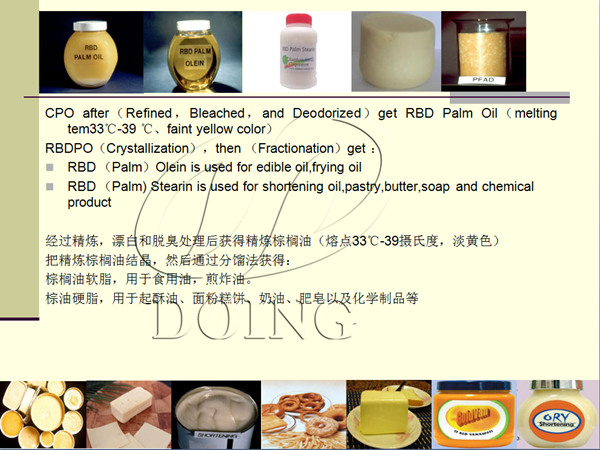
Application of palm oil
Cooking and Frying

Cooking and frying
Traditional cookery provides a large market for liquid oil for domestic purposes. 100% palm olein could be used for general household cooking and frying in tropical countries. In some cases, where flavoured oils are desired, such as groundnut or sesame flavour, blends may be used with predominantly palm olein as the major base oil. The composition varies from 70% palm olein with 30% groundnut oil, 95% palm olein with 3% groundnut oil and 2% sesame oil to blends of corn/palm/soyabean oil. As such, a wide variety of choice is available.
Traditional cookery provides a large market for liquid oil for domestic purposes. 100% palm olein could be used for general household cooking and frying in tropical countries. In some cases, where flavoured oils are desired, such as groundnut or sesame flavour, blends may be used with predominantly palm olein as the major base oil. The composition varies from 70% palm olein with 30% groundnut oil, 95% palm olein with 3% groundnut oil and 2% sesame oil to blends of corn/palm/soyabean oil. As such, a wide variety of choice is available.
Shortening
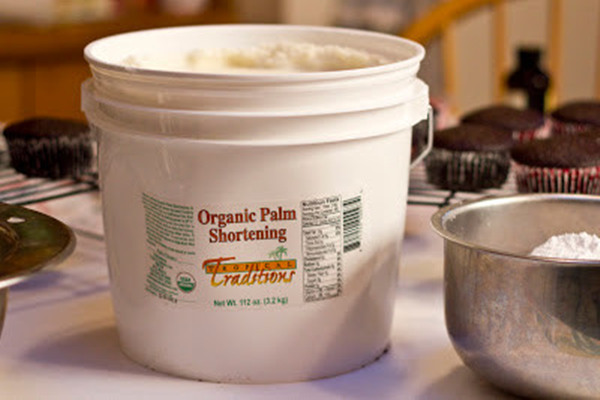
Shortening
The term ·shortening" was coined by workers in the bakery industry. It referred lo all fats and oils which, when formulated into baked goods, imparted a"short" or tender eating quality. Shortenings comprised of 100% oil and fats with trace amounts of emulsifiers for improved stability. Shortening is basically a plastic product except that it is not consumed directly as a spread or table fat but is used for cooking and baking in place of butter. The consistency, melting behaviour and other physical characteristics of shortening are determined largely by the fats and oils used in its preparation. In its most recognized form, household shortening is a white, relatively soft, plastic solid with a bland flavor and no detectable odor. Some types have a butter- like color and flavor added. There are many types of shortenings, each tailor-made for a particular application. There are also general-purpose shortenings that are used in the preparation of many foods: in cooking and frying ( liquid shortenings) and in the manufacture of bakery products such as cakes, cookies, rusks, wafer, pastries, and bread. Other related bakery products include cream fillings and icings
Margarine

Margarine
Margarine was originally invented as a substitute to butter and over the years, there has been a considerable diversification of products and various product types are available depending in applications. Margarine is a water-in-oil (w/o) emulsion comprised of at least 80% lipid phase. Margarine today has established its own image and is now fully accepted as a consumer product in its own right. The types of margarine could be broadly listed as below:
Table margarine in packet and in tubs
Cake and cream margarine
Puff pastry margarine
Frying margarine
Low calorie spreads/butter spreads
Sugar Confectionary
Chocolates
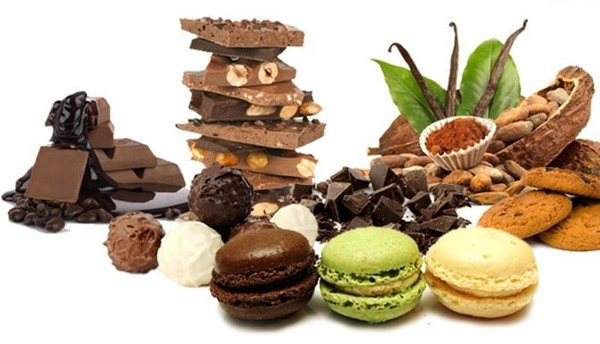
Sugar Confectionary and Chocolates
Among the more specialised food uses for fats, one or the most interesting is the use of palm oil in confectionery such as chocolate. Chocolates are semi- solid suspension comprising approximately 70% sugar and cocoa in a fat phase (cocoa butter). The unique eating qualities of chocolate are the result of the precise chemical composition of cocoa butter. Cocoa butter is a unique fat having special characteristics like sharp melting point at body temperature and brittleness at room temperature.
Shortage of supply, agricultural limitations and some technological benefits have prompted the development of cocoa butter-like fats. The uncertainty of cocoa butter supply and fluctuations in cocoa butter prices has forced production of replacers for cocoa butter from other sources like vegetable oils.
Ice Cream
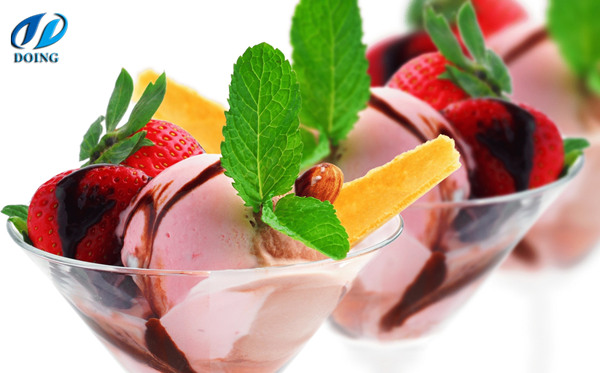
Ice cream
Ice cream is an oil-in-water (o/w) emulsion containing milk solids. Vegetable fats having a high SFC at 0°C and melting point of 35–37°C can be used to replace the milk fat. Palm oil, with a similar solid fat content profile to butterfat, is one such oil with suitable characteristics for ice-cream formulations.